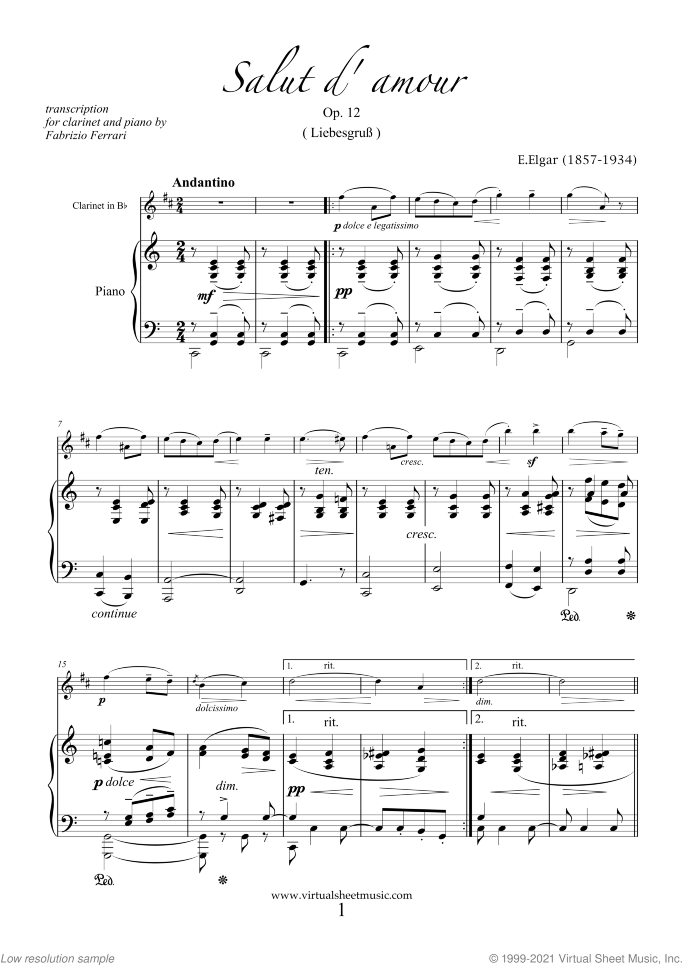|
Hello and welcome! I have been trained with documents and knowledge about the contents shown on this page. I'll do my best to answer any questions you may have.
Please, give me a moment to answer your first question below... Unfortunately, you have reached the maximum number of questions allowed in a day. Please try again tomorrow. Otherwise, you can buy this music title[https://www.virtualsheetmusic.com/cgi-bin/cart/add.php?id=SalutCl] or become a Member[https://www.virtualsheetmusic.com/unlimited/] to ask up to 100 daily questions.
Unfortunately, you have reached the maximum number of questions allowed in a day. Please contact us[https://www.virtualsheetmusic.com/contact] if you need to ask more questions or need any help.
AI Music Assistant
Hello and welcome!
This new feature (still experimental) allows you to ask questions related to this music title to our AI music assistant (powered by OpenAI ChatGPT), trained to answer as an expert on this music title.You may ask questions like "When was this piece written?" or "How would you suggest approaching this piece?" You can also ask questions about the author or anything else you may think of. Just enter your queries inside the field on the top of the displayed music and click the "Ask" button on the left to start chatting. Remember that the assistant cannot perform catalog searches. It is focused only on this music title. It could also give you wrong or imperfect answers. In that case, click the "regenerate" button on the side of the answer to replace it with a new one. And, of course, you can provide feedback for each answer so we can improve the system. Basic Score Info
30-Day Money Back Guarantee

|
||||||||||||||||||||||||||












Comments and reviews about Salut d' Amour:
The simplicity of the composition means that it would be all too easy for it to sound overly sentimental. To counter this, the player needs to produce a tone which is light and warm without any audible trace of vibrato.
As an arrangement, the greatest difficulty will be found in producing good tone in the few notes in the register above the second break. Experimentation with alternative fingerings for these notes would pay dividends.
The setting out of the parts is first class, as is the delivery on-line. As with all music printing, it is best to use 90 or 100g paper so as to produce a quality print.